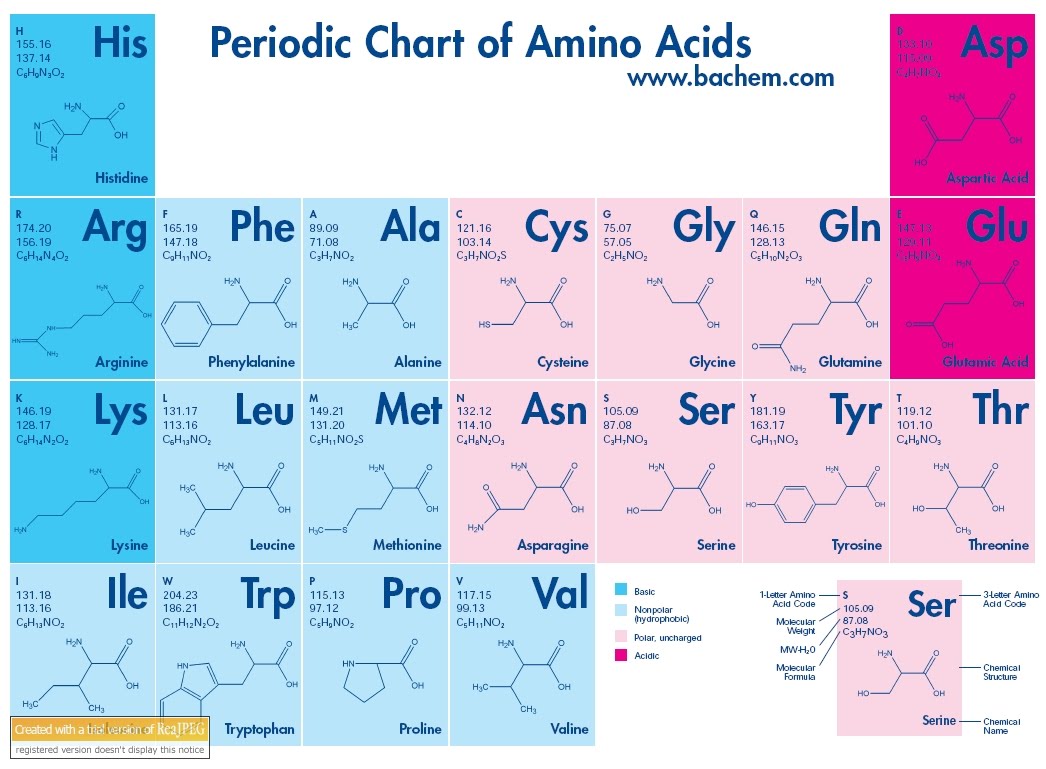- Joined
- Mar 9, 2017
- Messages
- 233
- Reaction score
- 9
Reading up on amino acids, and I have a few sources that say these two AA Tyr and Met are hydrophobic, while other references list them as polar.
I can see how they might be both, but how does the AAMC treat them? I have not gotten into any of the newer AAMC material yet and want to know which property the test considers correct.
 http://bioch3mworld.files.wordpress.com/2013/03/aminoacids.jpg
http://bioch3mworld.files.wordpress.com/2013/03/aminoacids.jpg
I can see how they might be both, but how does the AAMC treat them? I have not gotten into any of the newer AAMC material yet and want to know which property the test considers correct.


